Modern molecular cuisine – a way to unleash the potential of conventional products, familiar but completely unknown. Despite the annual victories in competitions for the title of the best restaurant, establishments with molecular cuisine are still little known in our country. Most are familiar with the techniques from this kitchen – dry ice application, liquid nitrogen, spherification.
Behind the seemingly incomprehensible words are familiar dishes – caviar and desserts. Consider the top ten particularly interesting facts about molecular cuisine.
Ten curious facts about modern molecular cuisine
Ten interesting facts about modern molecular cuisine include both the people who used it for the first time and the main ingredients in cooking their dishes. Of all restaurant arts, the most important is the art of molecular cuisine.
1) Foamy dishes «espuma» – The avant-garde in the menu of molecular restaurants, they perfectly illustrate their views on the creation of dishes. The fragrant, fat-free substance obtained in an unusual way – this is taste in its purest form. Molecular foam can be obtained from any product to your taste.
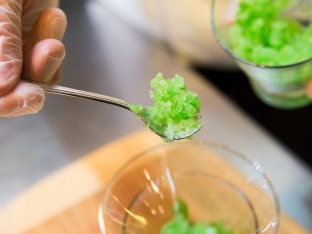
2) The centrifuge separates solids from liquids using centrifugal force. This method of separating the components of a product/substance is used in chemical laboratories, washing and drying machines, in agriculture and in modern molecular cuisine.
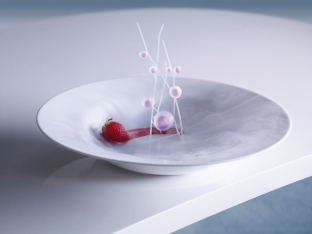
3) Liquid nitrogen is used in modern molecular cuisine for instant freezing of substances. Due to the property to evaporate instantly and without a trace, it can be used for cooking. Especially impressive for dishes prepared directly on the guests' plate in front of an astonished audience.
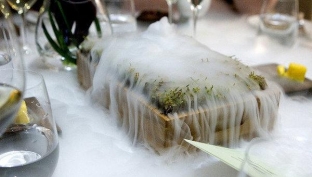
4) Transglutaminase – an enzyme that "glues" muscle tissues of the product (meat or fish), combining pieces of protein into a homogeneous mass. Using transglutaminases, artificial shrimp and crab sticks, Japanese buckwheat noodles "sobu" are made in the food industry, these same enzymes contribute to blood clotting. This is an enzyme that is not involved in the cooking process itself, transglutaminase is obtained by fermentation of living cells, in a natural way.
You will be interested to know about: "Probiotics and prebiotics: sources of health and longevity"
5) Dry Ice — it is frozen carbon dioxide, when heated it turns back into ordinary gas. Speeds up freezing, creating a silky texture of the product without ice, which affects its taste.
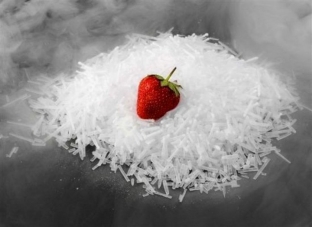
6) Rotary evaporator – a device for the perfect evaporation of liquids, which is used in modern molecular cuisine. Used glass flask: the pressure is reduced and the water boils at a low temperature, less than a hundred degrees. The flask is constantly spinning, forming a thin film of liquid on the entire inner surface, thus accelerating the evaporation of the liquid. The resulting steam condenses in the coil, creating a complex concentrate.
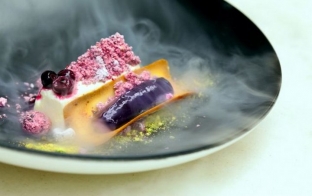
7) Gels and spheres. Major food manufacturers around the world have long been looking for a cheap way to extend the shelf life of food. The dream of getting maximum profit with a minimum of production and storage costs was realized by gelatin. In addition to gelatin, in the middle of the last century, alginates – salts of alginic acid, a resinous substance extracted from brown algae. Alginates were used to make ordinary jellies, but Adria invented the method of "spherification": the creation of gel spheres of any diameter, with fillings that burst in the mouth with an explosion of rich taste.
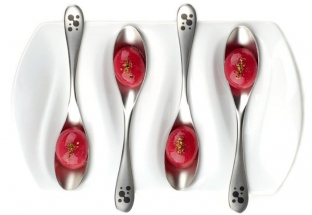
8) Vacuum cooking sous-vide – cooking in a water bath. Foods in vacuum bags are cooked for a long time in water at low temperatures, about 60 degrees or lower. This the best method for marinating meat, fruits and vegetables in airless space are compressed at the cellular level, compacted, and the taste is concentrated. For sous-vide, you will need water baths with thermostats that maintain the same temperature all the time. Buy this device for modern molecular cuisine now – no problem.
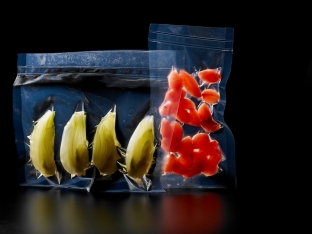
9) One of the most famous names in the history of the emergence of modern molecular cuisine – Nicholas Curti – British nuclear physicist He helped organize the first seminar of like-minded people: "Molecular and Physical Gastronomy". Later, for his achievements in this industry, he gave a lecture "Physicist in the kitchen"; at one of the most prestigious universities in England.
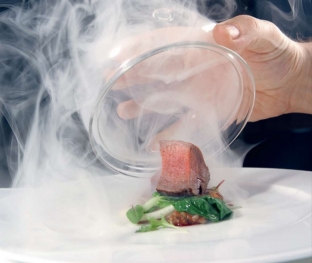
10) Nostalgia. Neither modern kitchen equipment nor methods borrowed from scientific laboratories inspire the authors of molecular cuisine in the same way that Proust did. Take the familiar, transforming its form beyond recognition – here is a challenge for the molecular engineer. So that, like Proust, the memories of distant childhood manifest themselves even in small things. In rosemary eel and lavender candy, for example. This is the quintessence of modern molecular cuisine.






Add a comment